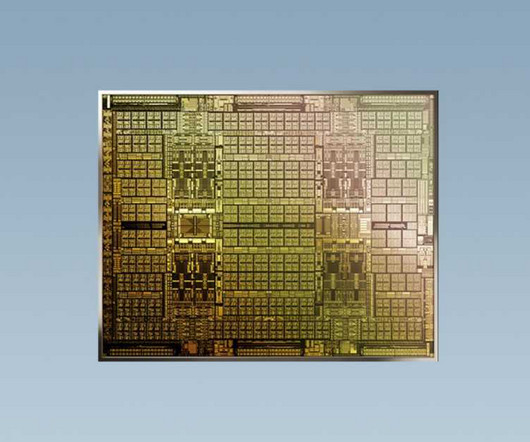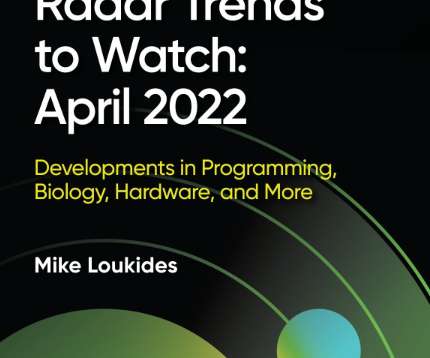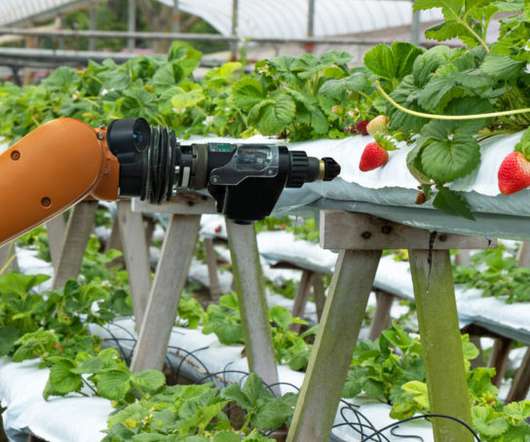How Nvidia became a trillion-dollar company
CIO
JULY 18, 2023
Its founders spotted that generating 3D graphics in video games—then a fast-growing market—placed highly repetitive, math-intensive demands on PC central processing units (CPUs). Although Nvidia’s first chips were used to enhance 3D gaming, the manufacturing industry is also interested in 3D simulations, and its pockets are deeper.


















Let's personalize your content